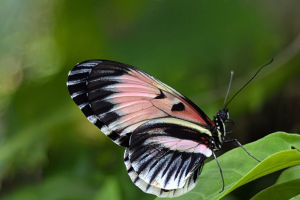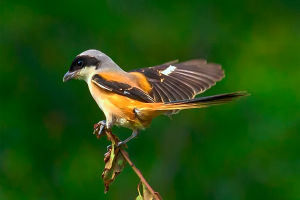Lynx are elusive wild cats known for their tufted ears, thick fur, and exceptional hunting skills.
Found in various habitats, including forests and tundras, lynx are carnivorous predators with specific dietary habits.
Understanding how much lynx eat involves exploring their prey preferences, hunting techniques, and seasonal variations in food intake!
1. What Do Lynx Eat?
Lynx are obligate carnivores, meaning their diet consists exclusively of meat. Their primary prey includes small to medium-sized mammals such as:
• Snowshoe hares: A staple for many lynx species, especially the Canada lynx.
• Rodents: Mice, voles, and squirrels supplement their diet.
• Ungulates: Occasionally, lynx hunt young deer or other small hoofed animals.
• Birds: Grouse and other ground-nesting birds may also be part of their diet.
2. Daily Food Intake
The amount a lynx eats depends on factors such as species, size, and prey availability. On average, lynx consume about 1 to 2 kilograms (2 to 4 pounds) of food daily. This can vary based on their energy needs and the size of their prey.
A single snowshoe hare, weighing around 1.5 kilograms (3 pounds), can sustain a lynx for a day or two. However, lynx may eat more if food is abundant or less during scarce periods.
3. Seasonal Variations in Diet
Lynx food intake fluctuates with the seasons:
• Winter: Prey-like snowshoe hares become more accessible due to lynx’s excellent ability to navigate deep snow. They may eat larger amounts during this season to store energy for colder months.
• Summer: Smaller prey like rodents and birds dominate their diet. Lynx may eat less during warmer months due to higher temperatures and breeding activities.
4. Dependence on Snowshoe Hares
For Canada lynx, the snowshoe hare is critical to survival. Studies show that hare populations directly influence lynx numbers. When hares are abundant, lynx eat frequently, sometimes hunting one hare per day. During hare population declines, lynx may struggle to find food, leading to lower reproductive rates and higher mortality.
5. Hunting and Feeding Behavior
Lynx are solitary hunters that rely on stealth and ambush techniques. They prefer hunting during dawn and dusk when prey is most active. Once they catch their prey, lynx typically consume it immediately, eating everything, including bones, fur, and feathers, for maximum nutrition.
6. Food Scarcity and Adaptation
When prey is scarce, lynx can go several days without eating, surviving on axunge reserves. In extreme conditions, lynx may scavenge carcasses or attempt to hunt larger animals, though this is less common.
7. How Much Do Lynx Eat in a Year?
On average, a lynx consumes around 600 to 800 kilograms (1,300 to 1,800 pounds) of meat annually. This amount can vary depending on their habitat, prey availability, and environmental conditions.
8. Comparison Among Lynx Species
Different lynx species have varying dietary needs based on their size and environment:
• Canada Lynx: Highly dependent on snowshoe hares; they eat about one hare per day when available.
• Eurasian Lynx: The largest lynx species, often preys on larger animals like deer, consuming more food overall.
• Iberian Lynx: Primarily hunts rabbits and eats smaller amounts due to its smaller size.
• Bobcat: Feeds on a wide range of small prey, eating less than its larger relatives.
9. Ecological Role of Lynx
As apex predators, lynx play a vital role in controlling prey populations, particularly snowshoe hares and rodents. Their hunting activities help maintain ecological balance in their habitats.
10. Conservation and Food Availability
Habitat loss and prey scarcity are significant challenges for some lynx species, particularly the Iberian lynx. Conservation efforts often focus on restoring habitats and ensuring a stable prey base to support lynx populations.
Understanding their dietary needs is essential for conserving these magnificent wild cats and their ecosystems!
Lynx Jumps 2 Metres Straight Up! | Deadly 60 | Series 2 | BBC Earth
Video by BBC Earth


